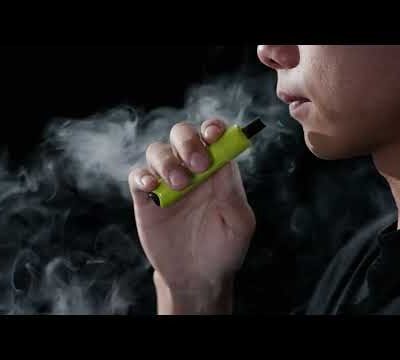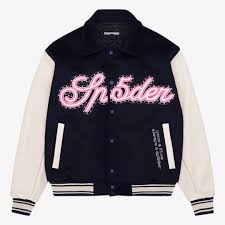Ever wondered how that bottle of liquid detergent in your laundry room actually gets made? Not just how it’s bottled, but how it’s created, what goes into making it clean your clothes so well, why it smells fresh, or why it’s not as thick (or runny) as dish soap? That’s where something called liquid detergent formulation comes in. Sounds fancy, but it’s basically the recipe behind your cleaning products.
In this article, I’ll walk you through what liquid detergent formulation actually means, why it’s not just mixing stuff together, and why it even matters — whether you’re a curious user, a DIYer, or someone looking to start a product line of your own.
Let’s dive in.
The Recipe Behind the Clean
Think of detergent liquid formulation like cooking a dish — not just throwing ingredients into a pot, but knowing which ingredients to use, how much of each, and why they’re there in the first place.
Just like a great dish has a balance of spices, acids, fats, and textures, a good detergent needs a balance of cleaners, thickeners, stabilizers, maybe a splash of scent, and a bit of skin-friendliness. If one thing’s off, you might end up with something too harsh, too weak, or completely separated and goopy at the bottom of the bottle.
So, what goes into it? Here’s a simplified breakdown of what typically makes up a bottle of liquid detergent:
| Component | What It Does |
|---|---|
| Surfactants | The main cleaning agents that lift dirt & oils |
| Builders | Help soften water and boost cleaning power |
| Solvents | Keep everything blended and flowing smoothly |
| Preservatives | Stop mold, bacteria, or spoilage |
| Fragrance/Color | Make it look and smell nice |
| Thickeners/Stabilizers | Improve texture, shelf life, and appearance |
Now, that’s a basic table, but the real magic is knowing how to balance these so your detergent works without ruining your clothes or irritating your skin.
Why It’s Not Just “Mix and Go”
You might think, “Can’t I just grab some soap, add water, stir in a few extras and be done?” Not quite. Detergent making is part art, part science.
If you mix things in the wrong order, or use the wrong temperature, ingredients can separate or form blobs. Some surfactants react badly with others. And don’t even get me started on how hard water can totally change the way your detergent performs — suddenly it doesn’t foam, or leaves residue.
Getting the formulation right means testing. A lot of testing. You try out different combos, shake it, store it, wash with it, and see what happens over time. Does it stay mixed? Does it clean well? Is it too thick in the cold? Too thin when hot? This process helps make sure you’re not just making something that looks like detergent, but actually works like one.
Why It Actually Matters (More Than You Think)
Okay, so why does all this matter to you? Well, here’s where things get interesting.
Whether you’re buying detergent or thinking of making your own, understanding formulation helps you:
- Choose better products: Not all detergents are created equal. Some are packed with unnecessary fillers or harsh chemicals. Knowing what to look for can help you find gentler, more effective options.
- Avoid waste and irritation: Ever used a detergent that caused itchiness or didn’t fully rinse out? That’s likely a formulation issue. A good formula is designed to clean and rinse off cleanly.
- Make smarter DIY versions: If you’re into homemade products, throwing ingredients together might work short-term, but if you want something that lasts more than a few weeks and doesn’t separate, learning the basics of formulation is key.
- Reduce environmental impact: Some well-balanced detergents are concentrated — meaning you use less, waste less, and pollute less. Poorly formulated ones often require more water, more plastic packaging, and leave more residue in the drain.
“Great cleaning starts with smart chemistry — not just stronger chemicals.”
– a reminder I always give myself when formulating
It’s a Skill Worth Learning (Even for Non-Chemists)
You don’t need a lab coat or a science degree to get the basics of detergent formulation. If you’ve ever cooked, mixed paint, or even made slime, you’ve already dipped your toes into formulation.
When I first started tinkering with making my own cleaning products, I learned the hard way — bottles exploded, stuff went moldy, and the laundry smelled… off. But over time, I figured out what each ingredient did, how to tweak the consistency, and how to avoid mixing the wrong things.
That’s the fun part: once you understand the logic behind it, you start seeing how everything connects. Why some detergents are super foamy and others aren’t. Why some smell great out of the bottle but fade on clothes. Why some thicken beautifully and others become watery messes.
It’s not about copying formulas — it’s about understanding why those formulas work.
Wrapping It Up
Liquid detergent formulation might sound like something only manufacturers or chemists need to care about. But honestly, it touches all of us — whether we’re washing our clothes, trying to save money by making our own, or starting a small cleaning product business.
It’s more than mixing stuff. It’s about creating a balance between cleaning power, safety, shelf life, and even the sensory experience. Once you start looking at that bottle of detergent not as a mystery liquid, but as the result of thoughtful formulation, you’ll start to appreciate it a little more — or maybe feel inspired to mix up your own.
So the next time you do laundry, just know: there’s a whole lot of chemistry, creativity, and care in that bottle.





